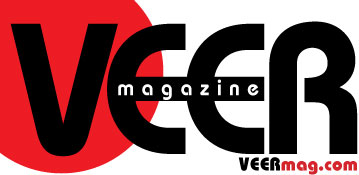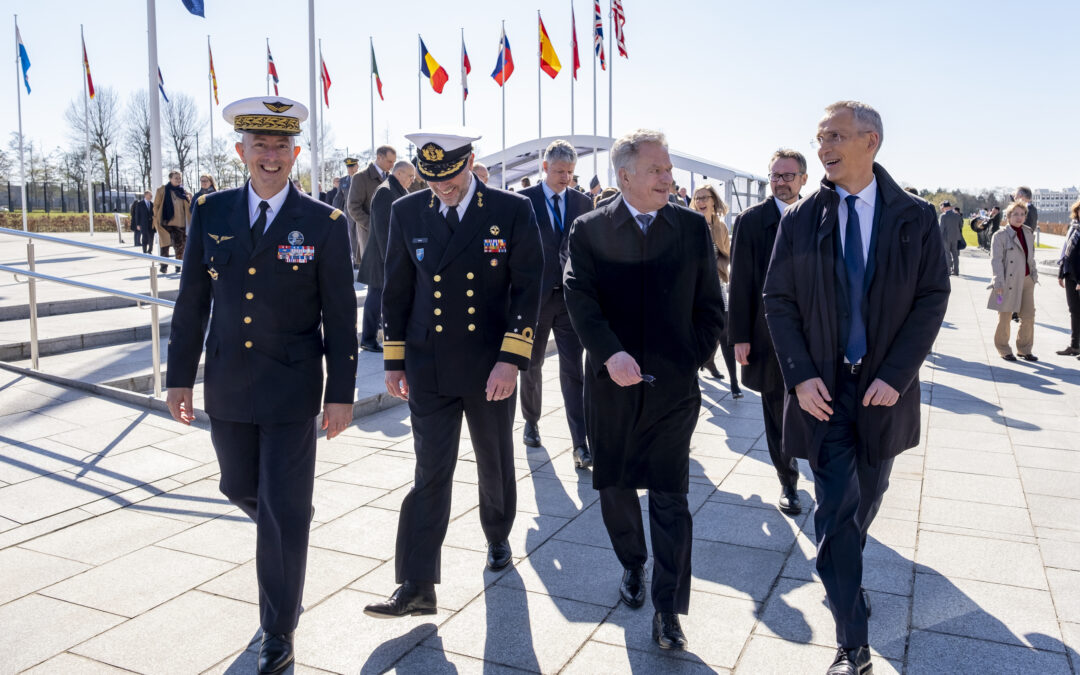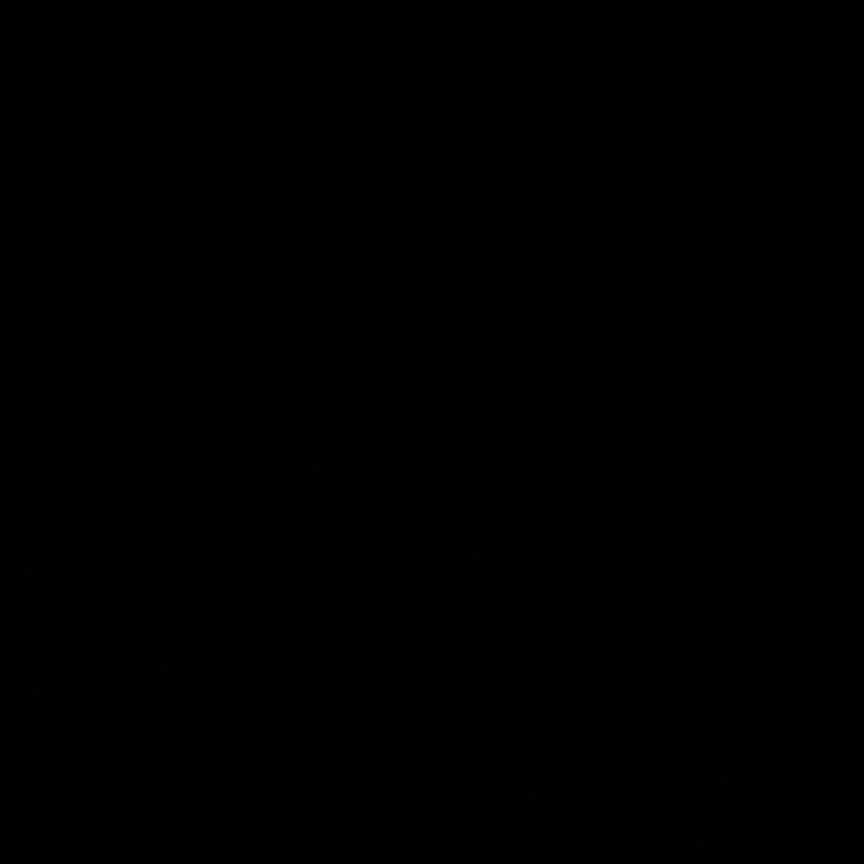WELCOMING FINLAND INTO NATO: (L-R) French Air & Space Force General Phillip Lavigne (NATO Supreme Allied Commander Transformation), Admiral Rob Bauer of The Netherlands (Chair of the NATO Military Committee), Finnish President Sauli Niinisto, and NATO Secretary-General Jens Stoltenberg in Belgium. Photo courtesy of NATO.
By Jeff Maisey
This spring Hampton Roads will celebrate two significant events: the 20th anniversary of NATO’s Allied Command Transformation (ACT) and 70 years of the Norfolk NATO Festival.
It is perhaps worth noting each organization has experienced change.
The North Atlantic Treaty Organization (NATO) was formed in April of 1949 with its headquarters in Brussels, Belgium in the aftermath of World War II for the collective defense of its member states against the potential threat posed by the Soviet Union.
In 1949, NATO was comprised of 12 founding member states: Belgium, Canada, Denmark, France, Iceland, Italy, Luxembourg, The Netherlands, Norway, Portugal, United Kingdom, and the United States. Today, with the addition of Finland on April 4, NATO is 31 nations strong.
In 1952, NATO established Allied Command Atlantic in Norfolk, Virginia with the primary mission of safeguarding the important lines of communication under the Atlantic Ocean connecting Europe with the United States and Canada.
The next year, a recently created springtime event called the Norfolk Crape Myrtle Festival decided to include a salute to the allied forces stationed in Norfolk and rebranded as the International Azalea Festival.
In addition to incorporating Norfolk Botanical Garden, a parade with floats for each NATO nation and marching bands were part of the festivities. Local society ladies insisted on a Queen Azalea and a tea party full of pomp and circumstance. Foreign dignitaries and US presidents were often on the invitation list. Each year a Most Favored Nation was named and its culture celebrated.
All of this changed 20 years ago.
In 2003, NATO restructured the mission of its Norfolk headquarters with the formation of Allied Command Transformation. ACT would look to the future to determine potential threats and opportunities. NATO would have to innovate and adapt to combat everything from Artificial Intelligence, piracy, climate change, space warfare, cyber crime, terrorism, and hybrid warfare.
In fact, it was General James Mattis, while serving as Supreme Allied Commander Transformation (2007-09), who foresaw the use of hybrid warfare as evidenced in 2014 during Russia’s annexation of the Crimean Peninsula with unmarked soldiers described by US General Philip Breedlove as “little green men.”
Following NATO’s lead in adapting to the future, in 2003, then Norfolk Mayor Paul Fraim persuaded the longstanding Azalea Festival to change its name to the more relevant Norfolk NATO Festival.
The Festival, which is largely run by a committee of community volunteers under the management of the Virginia Arts Festival, would focus entirely on events spotlighting the Alliance through the Model NATO Challenge (held in February/March each year), Norfolk NATO Festival Flag Raising Ceremony (April 20, 5 PM, Scope Plaza), the Parade of Nations (April 22, 10 AM, Downtown Norfolk), and NATO International Village (April 22, 11:30 AM, Town Point Park).
In advance of this year’s commemorative celebrations, I reached out to current NATO Supreme Allied Commander Transformation General Phillip Lavigne of the French Air & Space Force for comments.
Also included are General Jim Mattis, US Marines (ret), NATO Supreme Allied Commander Transformation (2007-09), and the 26th US Secretary of Defense; General Denis Mercier, French Air & Space Force (ret), NATO Supreme Allied Commander Transformation (2015-18); and Vice Admiral Sir Tony Johnstone-Burt, United Kingdom Royal Navy, NATO ACT Chief of Staff (2011-13), currently Master of The King’s Household in London.
VEER: What has been the significance of NATO’s mission at Allied Command Transformation (ACT) HQ in Norfolk and how has its mission been of vital importance in addressing the needs for the trans-Atlantic Alliance today (and the future) regarding potential threats arrayed against the West from a growing axis of adversaries?
Lavigne: When ACT was created in 2003, it was a recognition that our security environment was changing and that to succeed, NATO would need to transform and to adapt.
NATO’s added value is Interoperability, the ability of different military forces to work together effectively, even if they come from different countries or organizations.
Interoperability is critical for NATO’s ability to respond to security challenges and threats effectively. It allows member states to pool their resources and capabilities and to act as a unified force, strengthening NATO’s collective defense and deterrence posture.
One aspect of ACT’s work has been, and continues to be, looking out ahead to ensure that the gap between what we can do and what we will need to do does not grow to the point where NATO loses its edge and can no longer deter its potential adversaries or carry out its essential mission of ensuring the collective defense of almost a billion people.
After identifying future threats and challenges, NATO Allies will need to develop the necessary tools, capabilities and forces. Here too, ACT plays an important part in capability development and through the NATO Defense Planning Process.
Mattis: As NATO’s primary think tank, ACT is staffed by many of the Alliance’s “best and brightest” thinkers. Supreme Allied Command Transformation has delivered top-notch guidance as a thought-leader helping to build the necessary consensus across the nations. It had done so by dint of its relevant, persuasive vision for keeping NATO fit for the purpose of protecting our democracies. Often tested but never caught short, NATO owes much of its effectiveness to ACT’s anticipatory leadership and the intellectual rigor it brings to bear in the cause of peace and protection of our way of life.
Mercier: The creation of Allied Command Transformation came at the end of the Cold War, as this command was previously dedicated to the protection of sea lines of communication in the North Atlantic area. NATO reorganized its missions after the fall of the Berlin Wall and considered it vital to maintain Allied Command Operations, in charge of current operations, but also to have another operational command, in charge of future operations. This is what Allied Command Transformation has been doing for the past 20 years: understanding the trends that will lead to crises, the inflections they will bring to future operations, taking into account technological disruptions, analyzing how the Allies are preparing for the future to ensure their interoperability, and continuing to develop partnerships with many other nations and organizations around the world. Let me emphasize one fact: Allied Command Transformation is an operational command. In a century when it has become impossible to predict the future and where the geo-strategic environment is increasingly uncertain with a multiplication of threats of various kinds, it gives NATO the operational capacity of anticipation that is essential to maintain the agility necessary for our forces to succeed, by relying on the formidable power of an Alliance that has been able for more than 70 years to establish and constantly modernize a command and control structure capable of leading all types of coalition operations by combining the skills of each. And to maintain a strong and indispensable transatlantic link, this strategic command had to be in the United States.
Johnstone-Burt: Ever since its creation 20 years ago, ACT has gone from strength to strength. I first became aware of ACT’s work in practice when I was on operations in Afghanistan in 2011 just before I became ACT’s Chief of Staff, and was extremely impressed by the huge amount of work underway in developing military capability for NATO across all the member nations. This proved even more important as ACT also led the initiative to create Centres of Excellence right across the Alliance, as well as organizing operational training, developing strategic thinking, and codifying NATO doctrine and concepts. All of which have enabled NATO to remain at the cutting edge of technology, experimentation and transformation, both conceptually and practically. All this hard work has paid off as we pull together to navigate safely through the very choppy waters of this decade, with ACT at the helm. It’s a tremendous achievement and a great credit to all those who’ve served ACT so faithfully for so long.
VEER: Would you comment on the city of Norfolk’s dedication, aided by the Norfolk NATO Festival, in maintaining a friendly and supportive relationship with NATO personnel and families for 70 years?
Mattis: Norfolk and the NATO command are key partners in sustaining the trans-Atlantic Alliance. The Tidewater’s welcome of the NATO military personnel and their families is warm and heartfelt. The command adds an international tone that enriches the social and educational opportunities across the community, a city that is proud to host the sole NATO headquarters on American soil.
Johnston-Burt: Over the last 70 years, Norfolk has been extraordinarily kind and generous to successive generations of NATO personnel and their families. The experience has created a bond which has transcended time and space, and enabled those relationships to endure across the Atlantic over the decades, as well as binding those with the same experiences together in the UK and the rest of Europe and the world. It was a formative and joyous experience for the whole of our family and one which they will never forget. We all owe Norfolk and its wonderful people a deep and lasting debt of gratitude for the way in which it embraced us all so warmly and without any preconditions. We shall never forget you, Norfolk, and can’t thank you enough for all that you’ve done for our families and the NATO Festival.
Mercier: Allied Command Transformation is staffed by personnel from all NATO nations and many partner countries who bring their families to Norfolk. The welcome they receive from the city of Norfolk and the entire Hampton Roads community is remarkable in every way. It reflects the transatlantic bond between our nations. The local community, with the help of the Norfolk NATO Festival, makes it possible for this international community to feel at home very quickly. I can attest to the fact that great friendships are made. It is a privilege to have such a friendly and supporting environment and we must commend the local community for the efforts they continuously dedicate to ensure that the personnel of the “NATO’s home in America” can carry out their missions in complete serenity.
Lavigne: The Norfolk NATO Festival is the only one in the USA celebrating NATO, but it is truly unique across the entire Alliance.
I can tell you that my staff, their spouses and children return, after their tour of duty here, to their respective nations having experienced a truly transformative experience… The ability to live the American Way of Life, to make lasting connections and friendships with their American neighbors is one that they will never forget. We really think of Norfolk as NATO’s home in North America.
And we hope through the Festival, that our American hosts will also get a little taste of the variety of cultures that contribute to the strength of our great Alliance.
VEER: Any additional thoughts to share regarding these two significant anniversaries?
Lavigne: It’s actually a triple celebration this year! With Finland joining NATO on April 4th on the 74th anniversary of the signing of the Washington Treaty, while we prepare for ACT’s twentieth.
Anniversaries are always a good time to think about how we got here and where we are going. It’s a moment to celebrate achievements, big and small, but also to think about current and future challenges as well as pause to mark sacrifices made, including those in the ongoing and brutal invasion of Ukraine.
Mattis: Now in its 74th year, we can see in the face of Russia’s savage aggression against Ukraine why NATO continues to be critical to our collective security. If we didn’t have the Alliance today, we would have to create it. Nations with allies thrive, and Norfolk’s Supreme Allied Command Transformation stands as a reminder of that reality.
Mercier: I have wonderful professional and personal memories of my time at ACT and Norfolk, and I wish the next generation of military and civilian personnel who will work in this HQ the same joy. In the face of the many threats that lie ahead, we need a command that coordinates the preparation of the future for the Alliance and always looks ahead. As a U.S. Secretary of State for Innovation at the Department of Defense in Washington once told me, we need to continue to innovate to meet new threats and stay ahead, and we need to do it with our Allies. Fortunately, we have Allied Command Transformation.




